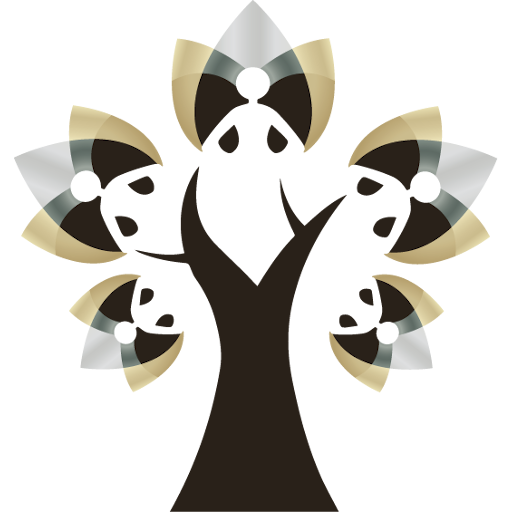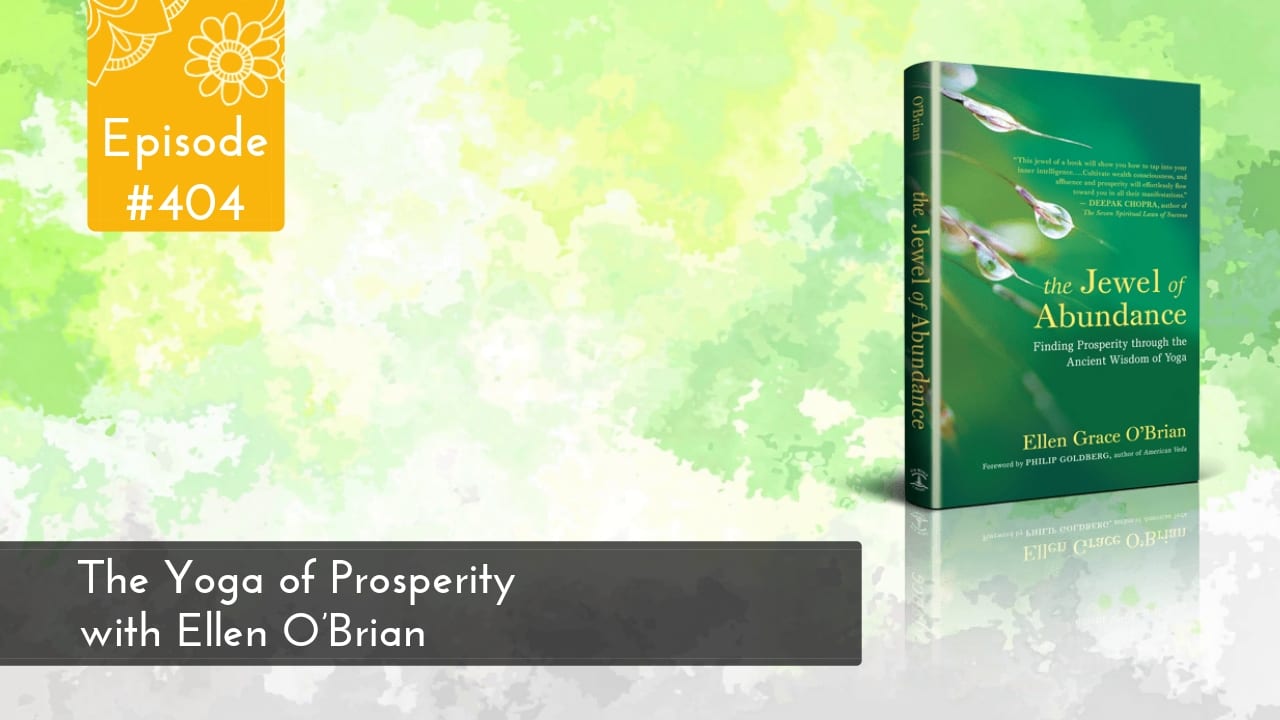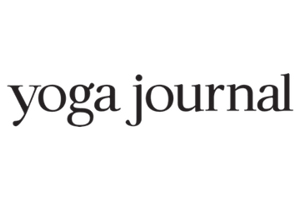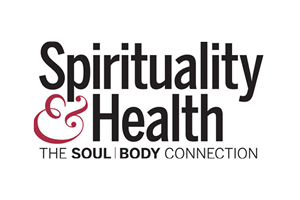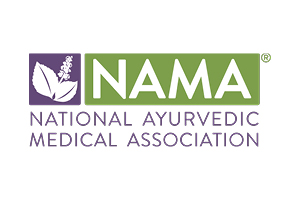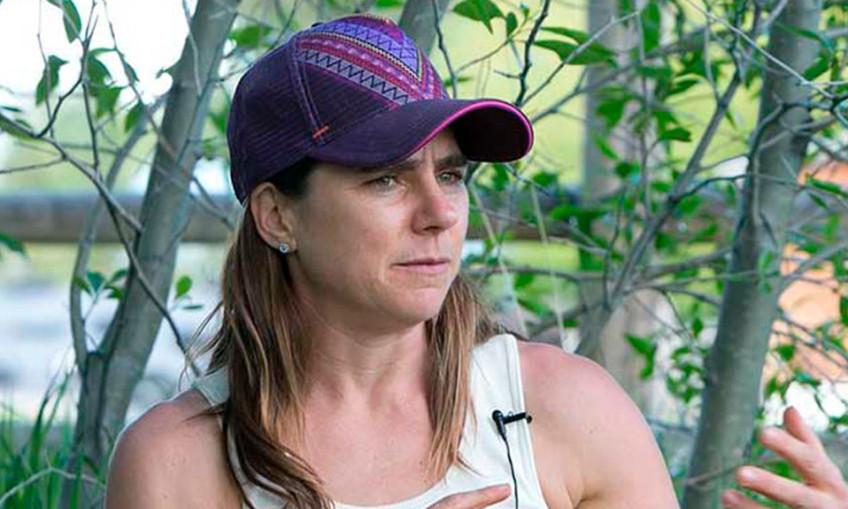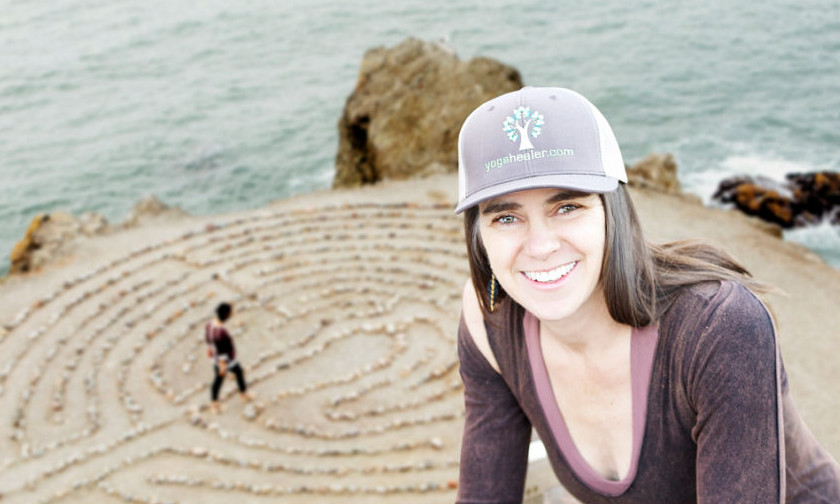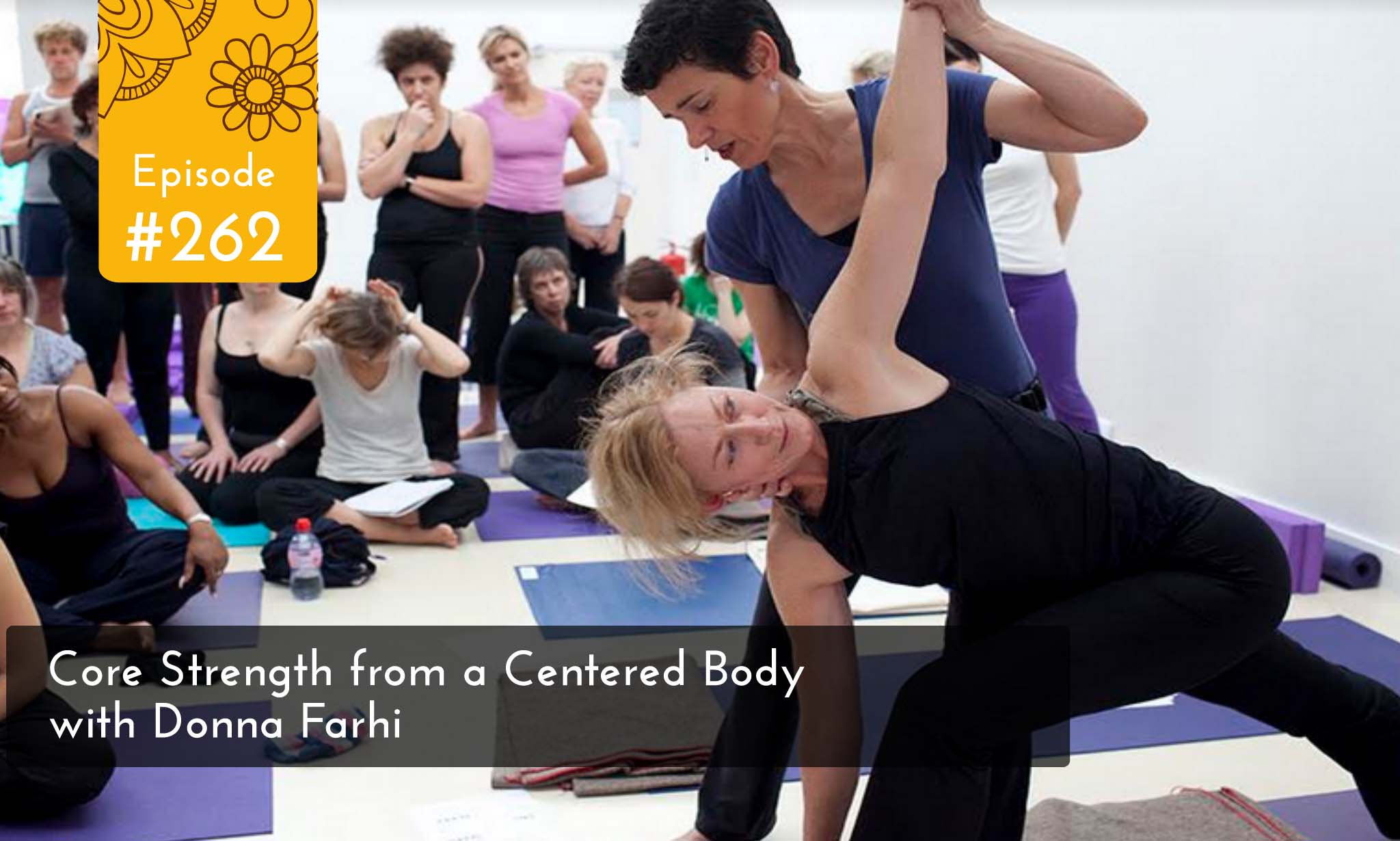
Core Strength from a Centered Body with Donna Farhi
In our obsessive quest for lean, strong cores, we get injured. That’s what world-class Yoga teacher trainer Donna Farhi has discovered from injured Yoga teachers who find their way to her classroom for healing. Donna’s newest book release, Pathways to a Centered Body, coauthored with Leila Stuart and remarkably illustrated by Sonya Rooney, is one of the most important, must-read books on the Yoga of healing back pain.
It’s also one of the most in-depth books to be released on the inner-body exploration of core Yoga. In this interview, you’ll learn how your psoas has everything to do with your moment-to-moment experience. Whether you live with pain or pulsating bliss, you can trace the roots of your experience to the current state of your psoas. Your psoas is your “hidden treasure.”
Most Yoga teachers get giddy when talking about the psoas. In Pathways to a Centered Body, Donna worked with Sonya Rooney to get detailed illustrations to depict the patterns of your inner body, illuminating the importance of your core healing.
Get access to two free chapters of the book here.
I rap with Donna Farhi about Unwinding into Deep Core Strength and Back Bone Integrity:
- Donna + Leila’s six-step protocol to healing back pain
- What body part Donna calls the “Industrial Strength Columns”
- How our western language keeps us trapped in an unempowered physical experience
- What Yoga Sutras 46–48 have to do with advancing your core experience
- How to tap into the physical intelligence of your enteric nervous system
What you’ll get out of tuning in:
- What’s going on beneath your skin from the long-term impact of trauma
- Understand the connection between your nervous system and your spine
- See how your psoas and diaphragm determine each other’s reality
Links:
Other treasures by Donna Farhi:
- The Breathing Book
- Yoga, Mind, Body & Spirit: A Return to Wholeness
- Bringing Yoga to Life: The Everyday Practice of Enlightened Living
- Teaching Yoga: Exploring the Teacher-Student Relationship
Show Highlights
- 6:50 — Donna has encountered clients whose deeper body issues are the consequence of their Yoga practice — the more Yoga they do, the worse they get. This is a major concern. Yoga should be healing; we need more balanced stability, not hypermobility.
- 11:34 — Donna and Leila’s six-step protocol leads to access to the hidden treasure of the psoas. Part of understanding this involves reimagining your interior musculature.
- 21:55 — “It’s not a mountain lion” — remain focused on the task at hand by training your mind. Your mind may strive for an extreme position, which is why a focus on stability and steadiness is key.
- 32:30 — People choose Yoga because they’re seeking a way to make a different choice about handling their mental/emotional bodies and managing their consciousness. We need to remove noise and distraction from the equation when creating contexts for people to deeply explore Yoga. Teachers play a big role in this and in shaping what students should aim for.
- 43:12 — Don’t ignore pain. Unwinding pain involves unwinding patterns.
- 49:10 — There’s a third part of the nervous system: the enteric nervous system. It infuses the gut and helps you bring integrity to your core.
Favorite Quotes:
- “We want the best teachers to have the best impact.”
- “Americans say “He has a good head on his shoulders. In Japan they say, “His Hara is rising.”
- “Focus the mind on what is unchanging.”
- “Develop a high standard for comfort.”
BIO:

People used to come to class with complaints such as neck tension, lower back pain, and stress that were the result of overall body stiffness and immobility. Gentle alignment-based yoga was an incredibly effective tool for healing these issues. Two decades later, Donna is seeing an alarming trend of Yoga practitioners attending her intensives with chronic and acute conditions and injuries that are the result of hypermobility rather than stiffness. It would seem the tables have turned. When did yoga change from being a healing modality to a harming modality? How can we reaffirm and restore the central values of yoga as a relevant, practical and healing art and science?
The writing of my new book, coauthored with Leila Stuart, “Pathways to a Centered Body: Gentle Yoga Therapy for Core Stability, Healing Back Pain, and Moving with Ease”, was motivated by a desire to share ways of preventing and resolving injuries and developing the kind of core strength that builds sustainable practice.
Core fitness has become a catch-phrase, even in Yoga circles. What do we really mean when we talk about core? Why is it important to balance, release and lengthen the deep core muscles before beginning strengthening work?
Apart from the obvious physical benefits, what are some of the other benefits of focusing on centering, strength and stability in Yoga practice?
How are teachers contributing to the problem of competitiveness in Yoga and what are some of the ways we can encourage people to work within healthy constraints?
The myth “no pain, no gain” has now become deeply embedded in the worldwide yoga psyche. Why is this misguided?
Back pain is a huge problem in the general population, so it’s not surprising that a large percentage of people coming to yoga class have preexisting back problems. How can focusing on core balance help resolve many of these problems?
